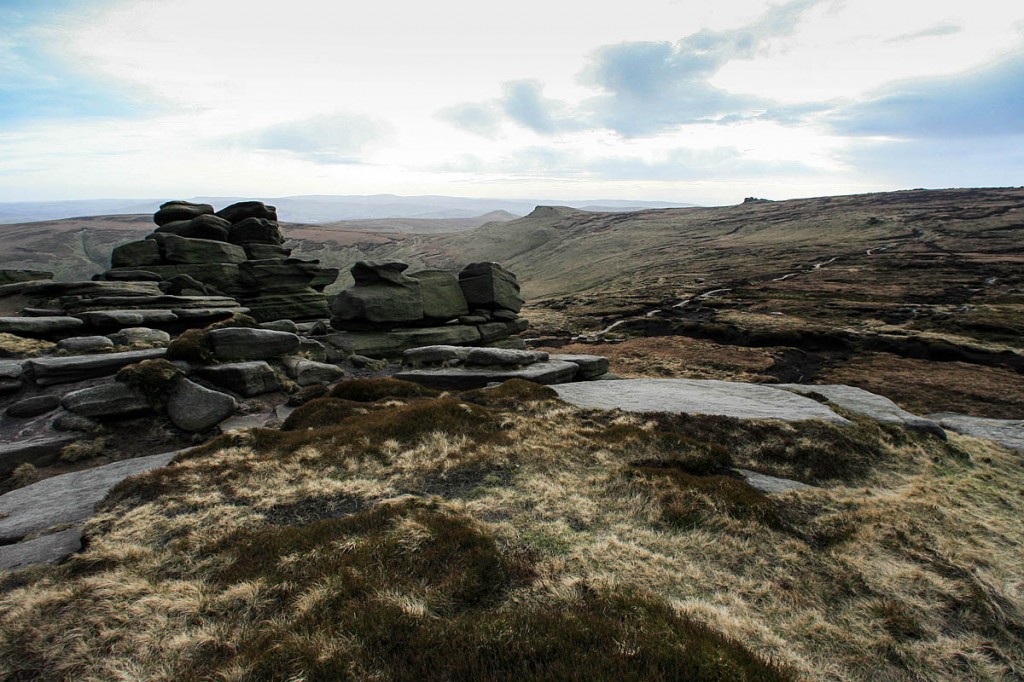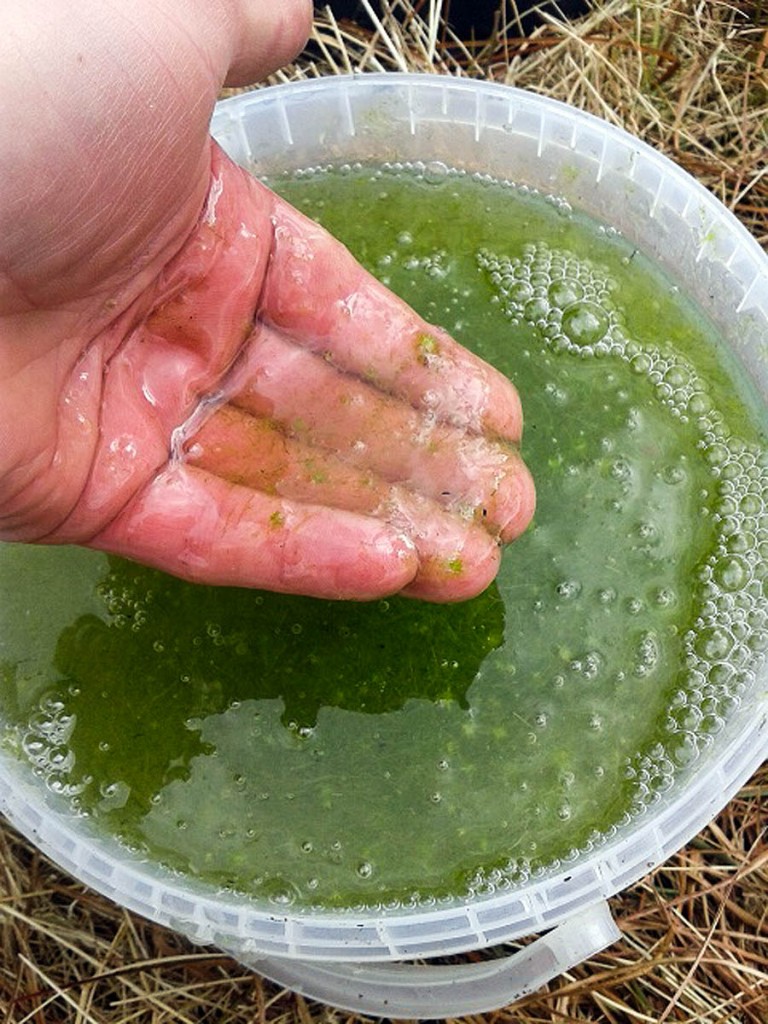Conservationists plan to cover parts of the Peak District’s highest hill in green slime.
Walkers have been warned to expect scenes reminiscent of Ghostbusters as researchers clad in strange outfits spread the green gel on Kinder Scout in a scheme to re-establish vital upland plants.
The green slime – SoluMoss – is part of an innovative technique developed with a specialist firm which embeds sphagnum moss in strands of nutritious gel to be sprayed from a backpack.
The scientific trials are part of an effort to reintroduce sphagnum moss, a key part of rebuilding blanket bogs by preventing erosion and helping to improve drinking water quality, reduce flood risk and restrict wildfires.
Encouraging sphagnum growth will also mitigate climate change by helping store carbon dioxide and regenerate wildlife habitats.
The Moors for the Future Partnership is working with the Environment Agency and National Trust, as part of the Peatland Restoration Project, to pioneer globally important trials on an 80ha (198-acre) site on Kinder Scout, the highest plateau in the Peak District national park.
The partnership said damaged peat bogs have been termed a climate time bomb, as climate change is likely to increase the rate at which they break down.
“Without their protective sphagnum-based vegetation, lost during 150 years of atmospheric pollution and wildfires, bogs release more carbon into the atmosphere instead of storing it, send sediment downstream into our reservoirs, don’t hold back downpours that can flood our towns and countryside and increase the likelihood of more wildfires, accelerating the whole process,” a spokesperson said.
The scheme will also test three other methods of reintroducing the moss to barren areas: BeadaMoss – sphagnum embedded in thousands of gel-beads, a technique developed several years ago for Moors for the Future, scattered by hand; PlugaMoss – sphagnum cultivated as plug-plants for individual planting by hand; and hummocks – handfuls of wild sphagnum, collected sustainably from other sites and replanted by hand, a technique developed by the Royal Society for the Protection of Birds.
A patch of the plateau will also be left untouched to see what nature does on its own, and the scientists will also assess the cost-effectiveness of the different methods.
Matt Buckler, conservation programme manager for Moors for the Future, said: “These trials are the culmination of six years’ research and development with our partners. Together we are leading the way to establishing sphagnum moss, which is the key activity for sustainable moorland restoration in this country and many countries around the world.”
Jon Stewart, general manager for the Peak District National Trust, said: “Kinder Scout is a national nature reserve and the site of a pioneering mass trespass in the 1930s that led the way to open access to the moors. It is fitting that it is pioneering once again as the site of these trials which are of global importance to moorland restoration.”
Partners in Moors for the Future include the Peak District National Park Authority, National Trust, Natural England, United Utilities, Severn Trent Water, Environment Agency, Yorkshire Water, Derbyshire County Council and the RSPB.
Mark Haslam, environment manager for the Environment Agency, said: “We hope the trials will provide vital scientific evidence on the best way to rebuild these lost eco-systems which have wide-reaching benefits for society.
“We believe that working with nature, along with man-made defences, will give us the greatest resilience to flooding, fires and climate change.”


Alistair McCracken
26 June 2020June 2020. I was up there yesterday and compared to how it looked in the 90's and early 2000's, it is remarkable how green it is now. There used to be bare black peat with fissures 2m deep across the whole area and now the only bare peat is on the walls of the fissures. A fantastic success story.